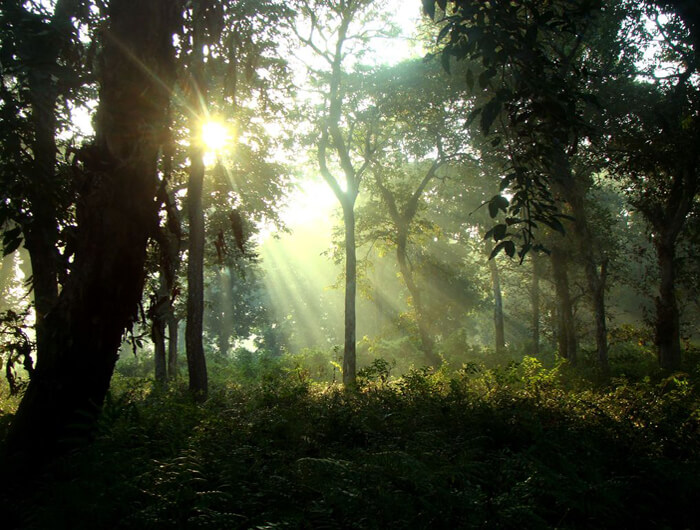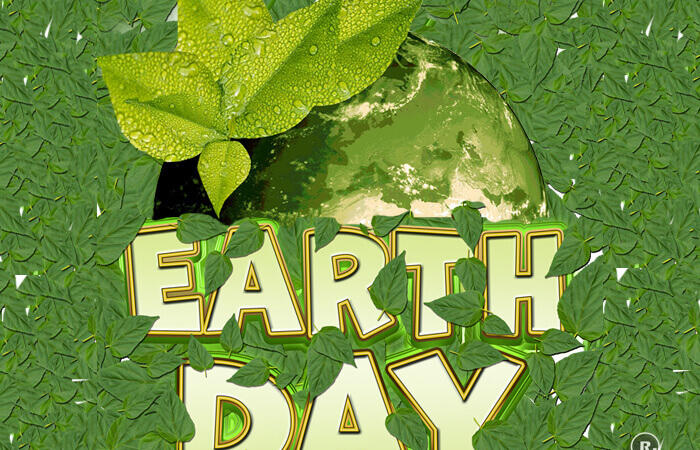Difference Between Tropical Deciduous Forests and Tropical Evergreen Forests

The flora and fauna that make up the world are interdependent on one another. A variety of vegetation known as flora can be found on earth, and it is influenced by altitude, climate, wetness, slope, and soil thickness. Wildlife in the fauna is very diverse. The wildlife, which includes creatures, birds, insects, etc. that are native to a given place, is typically secluded from my touch.
Let’s learn about the tropical deciduous forests and tropical evergreen forests and their difference in detail.
The Tropical Deciduous Forest
Tropical deciduous woods dominate the vegetation of India. These forests are located in areas with annual rainfall ranging from 200 cm to 70 cm. Before winter, the tropical deciduous forests lose their leaves for roughly 1.5 to 2 months. Some evergreen trees keep their leaves all year round. Different types of trees can be found in deciduous forests.
Deciduous woods are home to a variety of trees, with the majority of them being edible fruit-bearing trees like apples, oranges, bananas, and pears as well as non-edible fruit-bearing trees including maple, oak, elm, beech, and birch.
Tropical evergreen forests
The majority of India’s natural vegetation is composed of Tropical evergreen forests. They flourish where there is more than 200 cm of annual rainfall. Evergreen woods are essential for the survival of forest inhabitants and flora as well as for maintaining the world’s greenery. The trees continue to be evergreen because there is no drought. They are mostly tall and fashioned of wood, the bulk of them.
These woodlands also go by the moniker of tropical rainforests. Around the equator and throughout the tropics, these dense forests proliferate. These areas have heavy rainfall and year-round heat and humidity. Since there is no distinct dry season, the trees’ leaves do not entirely fall, earning them the moniker “evergreen.” The dense tree canopies exclude sunlight from entering the forest even during the day. In this area, the three most common hardwoods are mahogany, ebony, and rosewood.
Here is a detailed explanation of the differences between tropical evergreen and tropical deciduous forests. From the standpoint of the Geography Syllabus, this subject is significant. The distinction between tropical evergreen and tropical deciduous forests is provided here to aid UPSC Civil Service test candidates in understanding the fundamentals and making accurate comparisons.
Suggested Read: International Day of Forests
The following are the main differences between tropical evergreen and tropical deciduous forests:
| Tropical Evergreen Forest | Tropical Deciduous Forest |
| The evergreen forests in the tropics are very dense. | In comparison to tropical evergreen forests, tropical deciduous forests are less thick. |
| In areas where there is more than 200 cm of annual precipitation, there are tropical evergreen woods. | There are tropical deciduous forests there where the annual rainfall is between 70 cm and 200 cm. |
| Since there is no specific season for leaf loss, the trees of the tropical evergreen forests do not all drop their leaves at the same time. | During the dry season, the trees in deciduous forests lose their leaves for around six to eight months. |
| Tamil Nadu, Kerala, Karnataka, and Maharashtra are the states where tropical evergreen forests are most common. | Primarily located in the states of Madhya Pradesh, Uttar Pradesh, Chhattisgarh, and Odisha are tropical deciduous forests. |
| Tropical deciduous forests are found primarily in the states of Madhya Pradesh, Uttar Pradesh, Chhattisgarh, and Odisha. | Teak, Sal, Sandalwood, and other tree species can be found in Tropical Deciduous forests. |
The differences listed in the above table can assist UPSC Civil Service Exam candidates in answering any related questions in the exams.
Suggested Read: Earth Day






